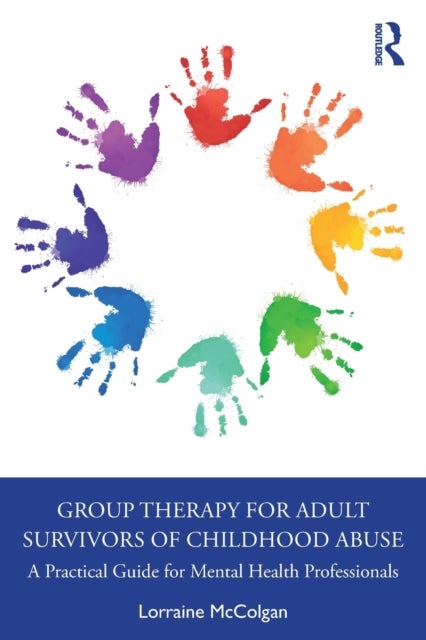
Group Therapy for Adult Survivors of Childhood Abuse av Lorraine (National Counselling Service Ireland) McColgan
429,-
<P>This book presents the therapist with a reflective and robust framework for group treatment that promotes an end to the shame and secrecy so frequently experienced by survivors. </P><P>Through a series of tools such as visualisations and art exercises, the practitioner is guided through the process of establishing and running a group in this modality. The synthesis of both an educational and a process-based model is imbued with a sense of warmth and a deep understanding of this client group. Themes such as self-soothing, strengthening boundaries, inner-child work, making meaning of endings, and ways forward drive this therapeutic approach. Taking group work as the optimum matrix for change for this client population, this model provides a convincing rationale for the establishment of said work as best practice in the institutions that provide for their care. </P><P>Practicing therapists and mental health nurses will find this new model of therapy an instrumental resource in the








